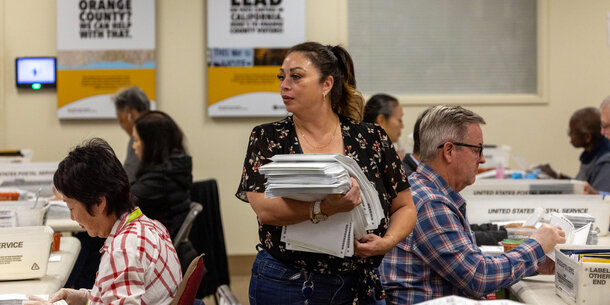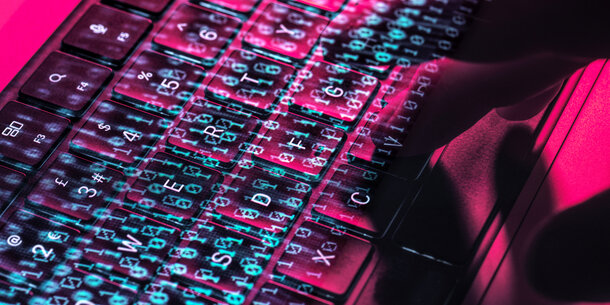You’re reading The Briefing, Michael Waldman’s weekly newsletter. Click here to receive it every week in your inbox.
The Brennan Center will release the newest edition of our Voting Laws Roundup on Thursday. There’s a reason we keep close watch on efforts to restrict voting access — we are living in a time of historic flux, with some states moving to expand voting while others try to reduce access to the polls.
Texas is a case in point. When the state legislature passed Senate Bill 1 in late 2021, election experts warned that the law would keep people from voting. It erected barriers to early voting and voting by mail and reduced access to polling places. It placed significant new burdens on voters with disabilities and banned 24-hour and drive-through voting. It empowered partisan poll watchers to create disruptions at voting places, and it did so at the expense of poll workers, who already suffered threats of violence after the 2020 election. The Brennan Center called S.B. 1 “one of the cruelest and most aggressive restrictive voting bills to become law.”
The bad thing doesn’t always happen, but this time it did. The March primaries were the first statewide election held under S.B. 1, and the state rejected more than 24,000 mail-in ballots for failure to comply with the new law’s abstruse and unnecessary administrative requirements. In order to have their votes counted, Texans had to place either a portion of their Social Security number or their driver’s license number on both the mail ballot application and the return envelope, and the number had to match their voter record.
A whopping 12 percent of mail ballots were rejected for failing to satisfy the requirements — a 12-fold increase in the rejection rate for mail-in ballots in 2020. In some counties, the initial rejection rate reached 40 percent, with only a portion of those ballots eventually corrected and rightfully counted. It was a mass disenfranchisement that did nothing to make elections more secure. And these are only the disenfranchisements we can prove — no one knows how many voters sat out the election because of S.B. 1’s broad raft of restrictive measures.
The disastrous and unjustifiable S.B. 1 is one of several laws the Texas legislature passed under the influence of election denial and the delusion of a “stolen” presidential election. H.B. 3920 states that the only disabilities that entitle a citizen to vote by mail are those that physically prevent a trip to the polls. S.B. 1111 added administrative hurdles to the registration process, imposing a proof of residency requirement that would have effectively disenfranchised certain voters, such as part-time and off-campus college students. (A federal judge blocked S.B. 1111 in August.)
Texas also enacted an extreme partisan gerrymander that insulates Republican rule against voter dissatisfaction. Under the new map, Democrats would have to win 58 percent of the popular vote in order to be favored to carry more than 37 percent of the state’s congressional seats. Put differently, even if Texas turned dark blue, Republicans could hold a two-to-one advantage in the state’s congressional caucus.
The gerrymandered map is particularly unfair to voters of color. For example, the map surgically divides Fort Bend County near Houston, where nonwhite voters have gradually grown to majority status. Rather than competing for these votes, the Republican-dominated legislature broke the county into bits to minimize the voting power of communities of color.
The trends in Texas are deeply troubling. The party in power has spent years entrenching itself, diminishing its accountability and selectively disempowering and disenfranchising huge swaths of the state’s voters. The 2022 election will be played on a field deliberately designed to favor one party.
The fight isn’t over. The Brennan Center is representing a coalition of advocacy groups and several Black, Asian, and Latino Texas voters challenging the legality of Texas’s gerrymandered map. We’re also suing to block portions of the notorious S.B. 1. And there is plenty more to do, organizing those who stand up for democracy on the ground in the nation’s second most populous and second fastest growing state.
I’ll be in Texas next week, meeting with officials, advocates, and journalists to talk about the threats and opportunities facing the state’s democracy. The face of Texas is changing, and we’re going to help bring political change to match.



